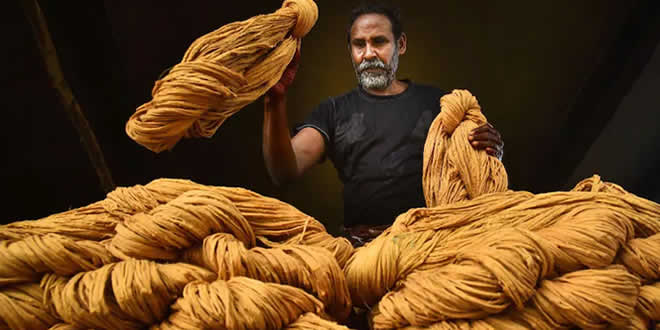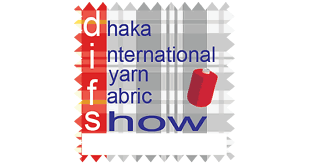The textile industry in India has beaten its Chinese counterpart in its own game. India’s textile industry has developed the fabric of Mink blankets, which were 100% imported from China till last year. Now, some units have started producing Mink blankets on a massive scale near Panipat in Haryana, bringing down the import of such blankets in India to zero.
The textile industry in India has beaten its Chinese counterpart in its own game. India’s textile industry has developed the fabric of Mink blankets, which were 100% imported from China till last year. Now, some units have started producing Mink blankets on a massive scale near Panipat in Haryana, bringing down the import of such blankets in India to zero.
The coronavirus pandemic and subsequent lockdowns brought down the economy of the entire world, including China and its manufacturing units, including those of Mink blankets. Experts say in this winter, when demand of these blankets surged across North and Northeast India, engineers and technicians of various private textile firms decoded the imported Mink blankets and with proper research, developed its fabric for mass production.
“Now, there is no need to import such blankets and we are really happy with the progress. This was just one example, many other fabrics, which were imported from countries like China and Taiwan, are being developed in-house and soon there will be no requirement of costly imported textile,” said Abhishek Sharma, an expert and exhibitionist in the textile industry.
The Mink blankets, which are lighter in weight than usual blankets, are high in demand across North India. These blankets are made of acrylic, which is known for its exceptional softness, warmth and light weight.
Earlier, 95% of the Mink blankets were imported from Korea for Rs 3,500-4,000 per piece, which was made of acrylic. But later, China started manufacturing Mink blankets by using polyster and the Indian market started importing these for Rs 1,500-2,000 per piece while only 5% of it was manufactured in Punjab.
The Panipat industrialists started manufacturing Mink blankets a couple of years back and now post-lockdown, around 70 plants are operational in Panipat. Many more plants will become operational by the end of this year, Sharma added.
“Earlier, we imported the blankets unit-wise, but now it is available for Rs 150-170 per kg. On an average, a blanket weighs three kilograms and it costs Rs 500-600. Panipat is manufacturing approximately 9 lakh kg Mink blankets in a day, which is 3 lakh blankets per day,” Sharma said.
Experts say that with a little help from the government, the industry can take over the entire market of textile in Southeast Asia, which is largely occupied by China and Taiwan.
“We need more national and international-level exhibitions where individual buyers, domestic manufacturers and wholesalers can visit to explore the upcoming opportunities. With ease of business going up in the current regime, we would like to urge the government to help the industry take over the market across Southeast Asia. Also, promotion of locally manufactured textiles in micro level is very important,” said Sharma.
Ankur Goel, another expert of the textile industry, said that by the next winters, Indian textile industry will be hopefully able to export the Mink blankets by crushing China’s monopoly. China is notorious for copying products from other countries and selling them at cheaper rates, but now the tables have turned. We didn’t copy, we decoded and developed the same or may be a better fabric that is cheaper, he said.
“Products of our industries are up to the mark for international standards. It seems like by next winters, we will snatch the Southeast Asia market for such blankets from China,” Goel said.
 4Textile.com World Textile & Apparel Industry Events, News
4Textile.com World Textile & Apparel Industry Events, News







